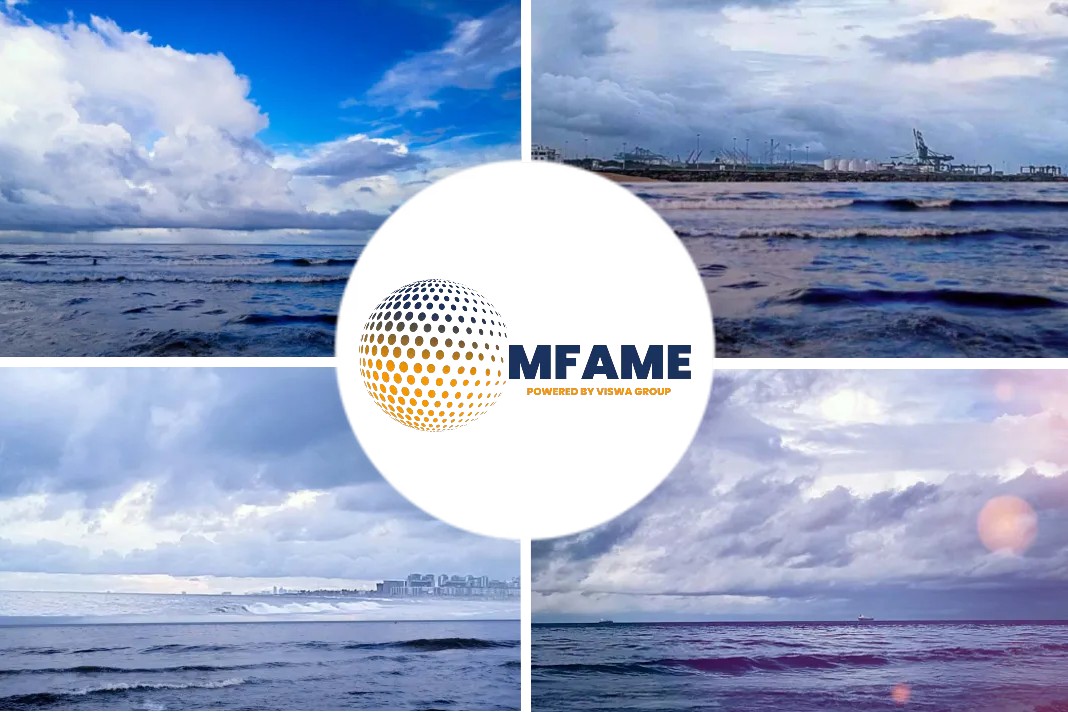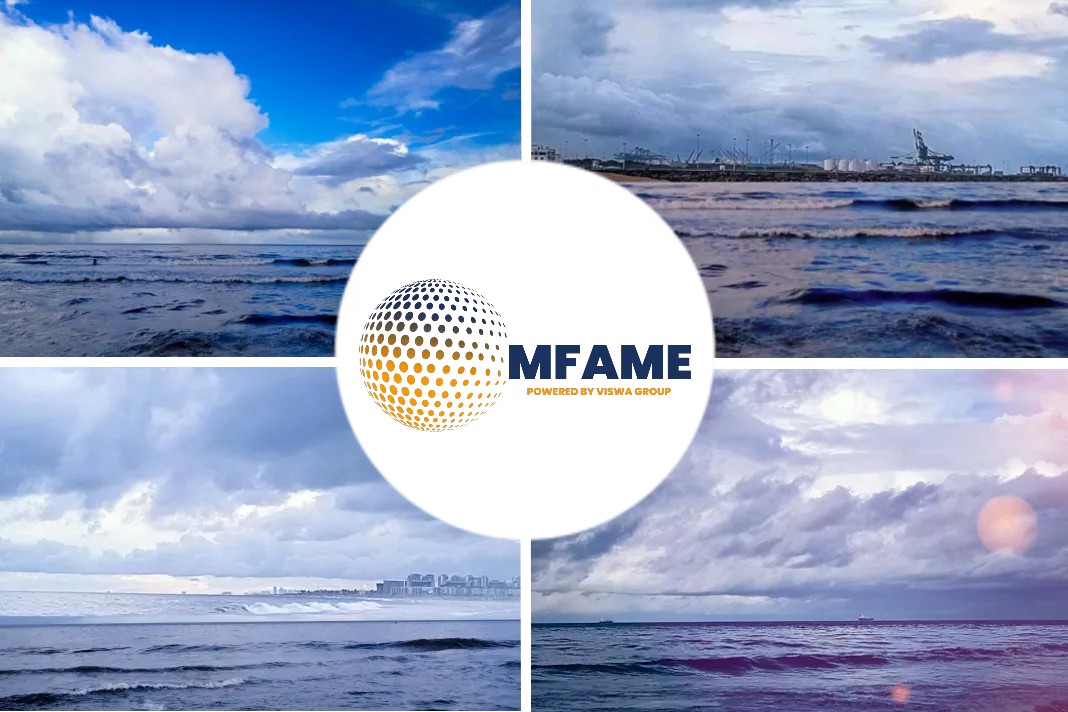- The waters off Sri Lanka’s capital of Colombo seem calmer now, more than two weeks after a blazing 610-foot container ship lit up the coastline.
- Most of the X-Press Pearl, a four-month-old Singapore-flagged container ship, has settled on the bottom of the sea.
- But the ocean has already begun to tell its own story. Lifeless fish are washing up on Sri Lanka’s sands, plastic pellets lodged in their gills.
A recent news article published in the Washington Post by Sarah Cahlan, Ruby Mellen , Atthar Mirza and Elyse Samuels reveals how a fire aboard a container ship has caused one of the worst environmental disasters Sri Lanka has ever seen.
Sea life affected
Dead turtles and birds have been reported on the coast as well, although the connection to the ship is still being investigated.
Satellite imagery released last week showed discolored water near the site of the disaster that some feared indicated an oil spill.
On June 12, X-Press Feeders, the company that owns the ship, shared in a news statement that a “gray sheen” was observed emanating from the vessel but that there were no confirmed reports of fuel oil pollution.
The government has not officially reported an oil spill.
A spokesperson for the Sri Lankan navy, which has been investigating the site, told The Washington Post that “samples are being tested to ascertain the composition of the slick.”
Expert’s take on toxic wastes
Experts say the catastrophic effects of the disaster are only beginning to take hold.
The ship’s cargo, now partly on the ocean floor, contains toxic chemicals and harmful items that could devastate Sri Lanka’s marine wildlife, as well as its fishing communities.
1500 containers aboard the ship
Aboard the ship were nearly 1,500 containers, dozens of which contained dangerous goods, including nitric acid, sodium methoxide and methanol.
In addition to the chemicals, the small plastic pellets pose a danger to marine life.
“It’s very close to a nuclear disaster, what has happened here,” said Muditha Katuwawala, a coordinator at the Pearl Protectors, a volunteer organization committed to protecting Sri Lanka’s marine life.
“This is not a problem just in Sri Lanka. In the coming weeks, this is going to be a regional problem.”
Reasons unclear for fire
It is still unclear what caused the fire, but Andrew Leahy, a spokesman for X-Press Feeders, said a leaking container of nitric acid — a compound used to make fertilizer and plastic — is “one of the many aspects in the lead-up to the fire which is now under investigation.”
The company said the ship’s crew applied to the ports in Hamad, Qatar, and Hazira, India, to offload the leaking container.
But the ports denied the requests because they said they did not have experts available to handle the container.
The Post contacted both ports for comment but did not receive a response.
Abnormality observed in the water
The Sri Lankan navy, whose divers have been inspecting the disaster site, said June 6 that “no abnormality” had been observed in the water.
But scientists who focus on the region fear that if the chemicals seep into the ocean, they could leave a delicate marine ecosystem in distress.
“Many chemicals easily react with water,” said Dureshika Markovich, a California-based biochemist who works in a lab that handles toxic chemicals.
Other scientists said that in open water, some of chemicals on the container ship would be diluted and therefore not have a major effect on the wildlife.
Markovich highlighted some of the most concerning mixtures on board:
| Sodium methylate or sodium methoxide | A highly reactive substance used as a catalyst to produce methanol. Toxic when inhaled. When it reacts with water, it produces sodium hydroxide, which is corrosive to fish and changes the PH of the water. |
| Caustic soda flakes | Also known as sodium hydroxide. Used to make detergents and soap. In high concentrations, it can be very toxic for marine wildlife. |
| Methanol | A widely used chemical. It evaporates quickly, so its effects in water are hard to understand, but studies have shown that it can increase algae blooms, which can in turn block sunlight from the surface of the water, damaging marine life. |
| Nitric acid | What many think caused the fire. When mixed with air, it can cause acid rain. But when mixed with water, it produces nitrates, which are a food source for algae, causing blooms that destroy the water ecosystem’s balance. |
| Limestone | Is composed of calcium carbonate, a saltlike substance that is harmful to aquatic life. |
| Lubricants | Because they do not mix with water, these oil-like substances can block all the airwaves from the top of the water, depriving fish of oxygen. |
| Priled urea | A form of fertilizer. Contains a high nitrogen content, which is a food source for algae and can cause blooms. |
Where does the plastic pellets go in sea?
The pollution isn’t constrained only to the beaches.
A computer model by Pattiaratchi at the University of Western Australia shows where the plastic pellets have most likely spread and where they will continue to spread based on ocean currents, wind speeds and ocean density changes.
The Post re-created a model to show the potential extent of the nurdles based on data collected from Pattiaratchi’s team.
Herman Kumara, head of Sri Lanka’s National Fisheries Solidarity Movement, said the disaster will be damaging to both the marine life and the people who depend on it, as the government banned some fishermen from going out to sea.
Did you subscribe to our daily newsletter?
It’s Free! Click here to Subscribe!
Source: Washington Post
























